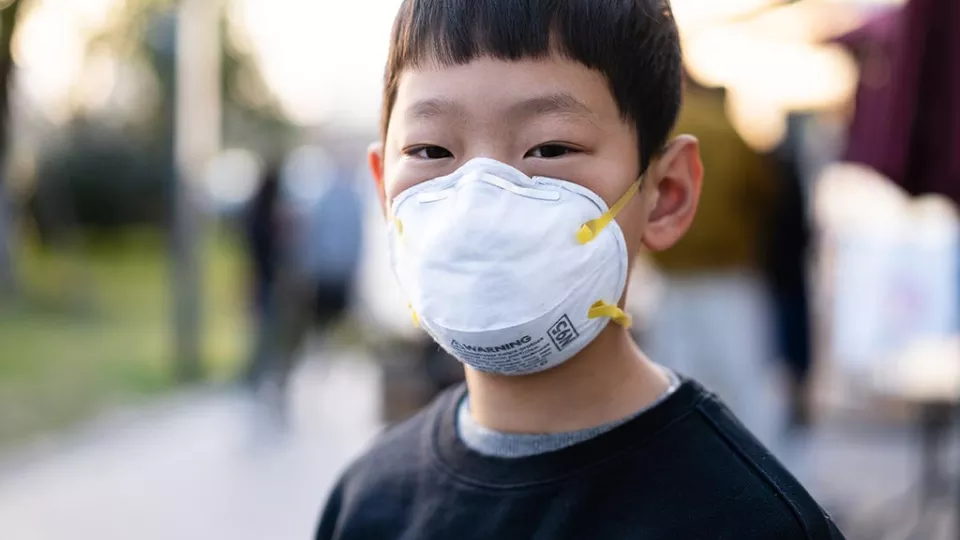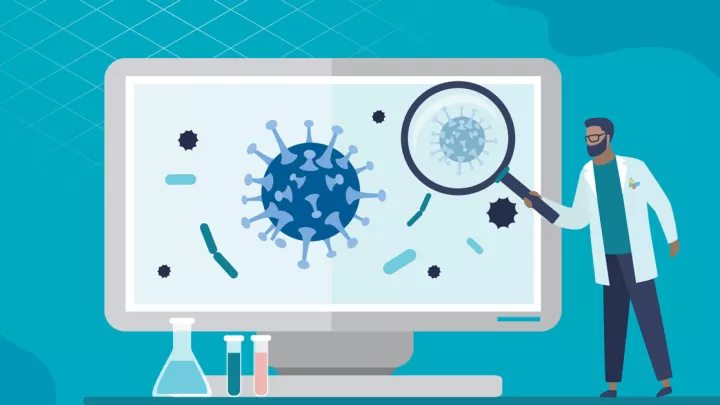
Wear a Mask—but Choose Wisely
It’s been a choppy 22 months for mask wearers—and that should include everyone as we all try to suppress the spread of the highly contagious omicron variant of the coronavirus. We’ve been through as many variants in mask guidelines as we’ve seen of the virus itself. As COVID-19 remains a moving, mutating target, science has to continue to play catchup and change course.
“The changing variants have made a really big difference in the changing evolution of masking guidance,” says Marisa Glucoft, Executive Director of Quality Improvement and Patient Safety at Children’s Hospital Los Angeles.
Where do things stand? Last Friday, the Centers for Disease Control and Prevention (CDC) updated its guidelines on mask wearing, so we asked Glucoft to break down what we need to know now.
Cloth, Surgical or Respirator?
As Glucoft expected, the CDC’s statement established a hierarchy of mask-wearing options:
1. Respirators (labeled N95 or KN95)
2. Surgical masks
3. Cloth masks
The agency’s overall recommendation on masks was clear: Wear one—“the most protective mask you can that fits well and that you will wear consistently."
Glucoft says masks are judged in two areas: fit and filtration. Does the mask fit securely around your nose and mouth, and does it filter out airborne particles upon which a virus travels? Earlier in the pandemic, the emphasis was primarily on blocking particles of potentially infected people from exiting the mask; now with the omicron variant, equal importance is being given to protecting the wearer from virus particles entering it.
For blocking the virus, the superiority of respirator masks is undisputed, as data shows they stop 95% of airborne particles.
“They have added filtration properties built into the fabric that prevent smaller particles from entering,” Glucoft says. “In health care, we usually use them for contagious diseases that spread via small particles, like omicron.”
Are surgical masks out?
No, they are still a solid second option. But they have a looser fit than N95s, and Glucoft says they are built to keep out large droplets and are less effective against small-particle microbes associated with omicron. Wearing two surgical masks to create a tighter seal against your face can help.
OK, then cloth masks are out?
Not entirely, but you can do better.
“I don't think you would get kicked off an airplane, for example, but we wouldn't recommend them,” Glucoft says. Cloth masks don’t have the quality fabric that surgical masks or respirators are made of, so particles leak easily into and out of them.
“I stopped wearing cloth masks,” she says. “As soon as the supply got better at surgical masks, I switched over.”
How often can I wear my mask?
As a rule, Glucoft says, use one a day, but wear and tear will reduce the life span. “What we tell people at the hospital is one per day, and to limit manipulation of the respirator because the more you take it on and off, the more you affect the fit. For the general public, discard it at the end of the day, and even before that if it becomes soiled or wet. It’s not going to be effective anymore.”
Should I double-mask?
If you’re wearing a surgical mask, overlaying it with a second surgical mask or a cloth mask will benefit you. But just know that it’s not the extra layer that’s protecting you, it’s the tighter fit.
One note from Glucoft: Do not double-mask with a respirator because that will create too snug a fit, which will end up causing people to move the masks around for more comfort, or perhaps ditch both altogether.
“It makes people more likely to touch their face and manipulate their mask,” Glucoft says, “and it makes them hate masking, so it’s bad on all fronts.”
The ultimate takeaway, Glucoft adds, is that defending yourself against the coronavirus requires a coordinated effort; mask wearing is only one component of it. But joined with social distancing, regular hand washing, and vaccination, masks provide protection right at the virus’ point of attack, which none of us should be without.


